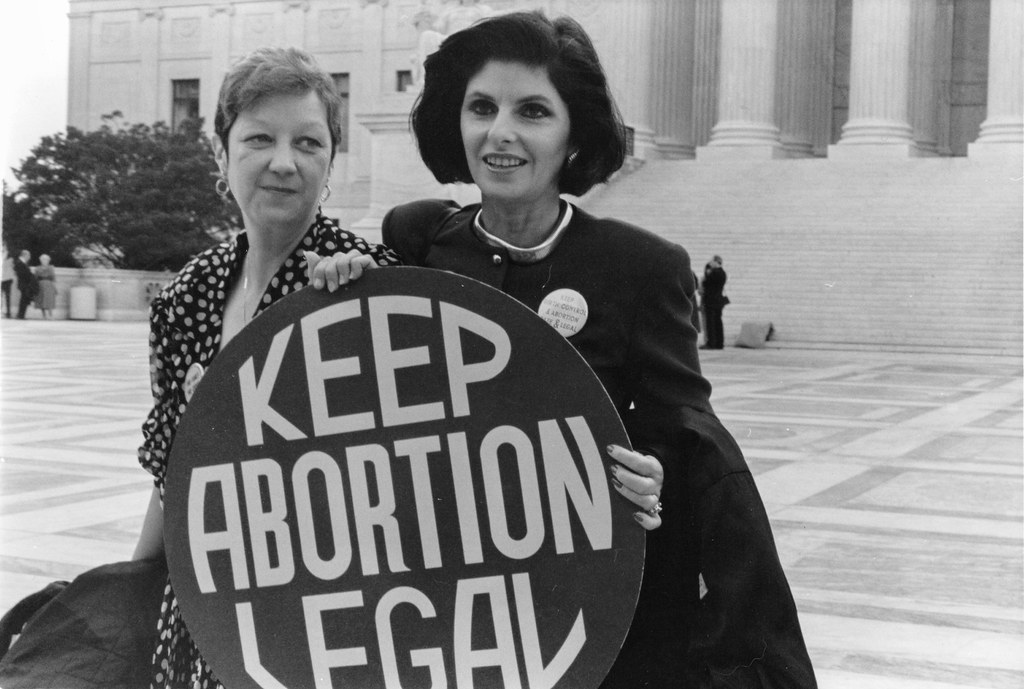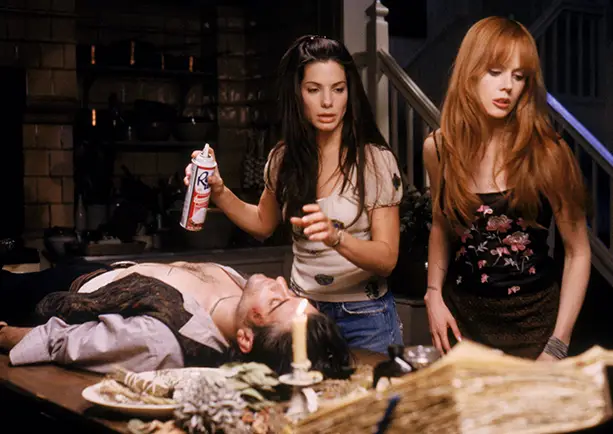In 1973, the Supreme Court in America finally recognized what women had long known: the importance of having control over one’s body. A cultural awakening that extended the Fourteenth Amendment’s right to privacy and brought the abortion debate out of the shadows and into the public eye, Roe v. Wade was more than just a court case. Norma McCorvey, who was publicly referred to as “Jane Roe” to protect her anonymity, was at the center. Stuck in Texas—a state where the law treated pregnant women like ticking time bombs who only deserved medical intervention if their lives were actively at risk—McCorvey wanted an abortion. She couldn’t get one legally. So, she sued the local district attorney, Henry Wade, setting off a chain of events that would change America. The district court agreed that Texas’s abortion ban was unconstitutional because it was too vague, too broad and, frankly, too nosy. But it didn’t go far enough; it didn’t stop Texas from enforcing its law. So Roe appealed directly to the Supreme Court, and the battle over bodily autonomy officially entered the big leagues.
Opponents like to point out that no amendment says “abortion” explicitly. And sure, the Constitution doesn’t hand out an itemized shopping list of rights. However, the Court reasoned that the idea of privacy is baked into the Constitution; you just have to actually read it. Privacy is everywhere if you’re not determined to act as though it isn’t, from the First Amendment’s protection of personal views to the Fourth Amendment’s protection of personal space to the Ninth Amendment’s general declaration that people have rights beyond those outlined in the Constitution. In the end, the Equal Protection Clause of the Fourteenth Amendment was used to decide Roe because it was, to put it mildly, unconstitutional to subject women’s bodily autonomy to the whims of their state government. The Court decided in a 7-2 ruling that Texas’s limits on abortion were an infringement on Roe’s right to privacy. To protect the mother’s health, they created a trimester framework that allowed for no limitations in the first trimester, some in the second, and more in the third (when the fetus could survive outside the womb). For a brief, shining moment, reproductive choice was treated like the serious constitutional issue it is and not some niche “special interest” only relevant to half the population.
The aftermath of Roe was profound. States rewrote laws. Women had unprecedented access to safe, legal abortions. But Roe also cracked American politics wide open, fueling a cultural civil war that would dominate elections for decades. It turned out that controlling women’s bodies was a feature, not a bug, for many conservatives. Evangelicals were very serious about their religious belief that “life starts at conception.” Politicians realized that rallying around fetal rights was a convenient way to shore up political power. And overturning Roe became the Holy Grail for the right.
In 2022, after decades of conservative tactics, the Supreme Court decided to grant that wish. The Mississippi legislation that forbids abortions after 15 weeks was affirmed by the Court in Dobbs v. Jackson Women’s Health Organization. The group that typically claims to despise judicial activism then went one step further and completely overturned Roe v. Wade and Planned Parenthood v. Casey in a stunning display of judicial activism. Justice Alito’s majority opinion boiled down to abortion rights not being written down in the Constitution (neither is “judicial review,” but I digress), and weren’t historically respected. Therefore, no constitutional protection for abortion was granted.
It’s a decision rooted not in concern for life, liberty or even consistent legal reasoning, but in a selective reading of history that conveniently erases women’s autonomy. The Dobbs decision gleefully dismantled nearly 50 years of precedent, leaving abortion rights up to individual states. In some places, that means access remains. In others, it means dystopian bans that endanger women’s health, futures and, sometimes, lives.
Roe v. Wade was never perfect–it compromised a woman’s right to choose by balancing it against the state’s “interests.” But it recognized, at least, that women are full citizens deserving of privacy and equality. The Court’s abandonment of Roe doesn’t change the reality that reproductive freedom is fundamental to gender equality. It simply shifts the fight to new battlegrounds: the courts, the legislatures and the ballot box. Because if there’s one thing history (and Roe) teaches us, it’s that women have never asked politely for their rights and just hoped for the best. We fight for them. And we’re not done yet.







